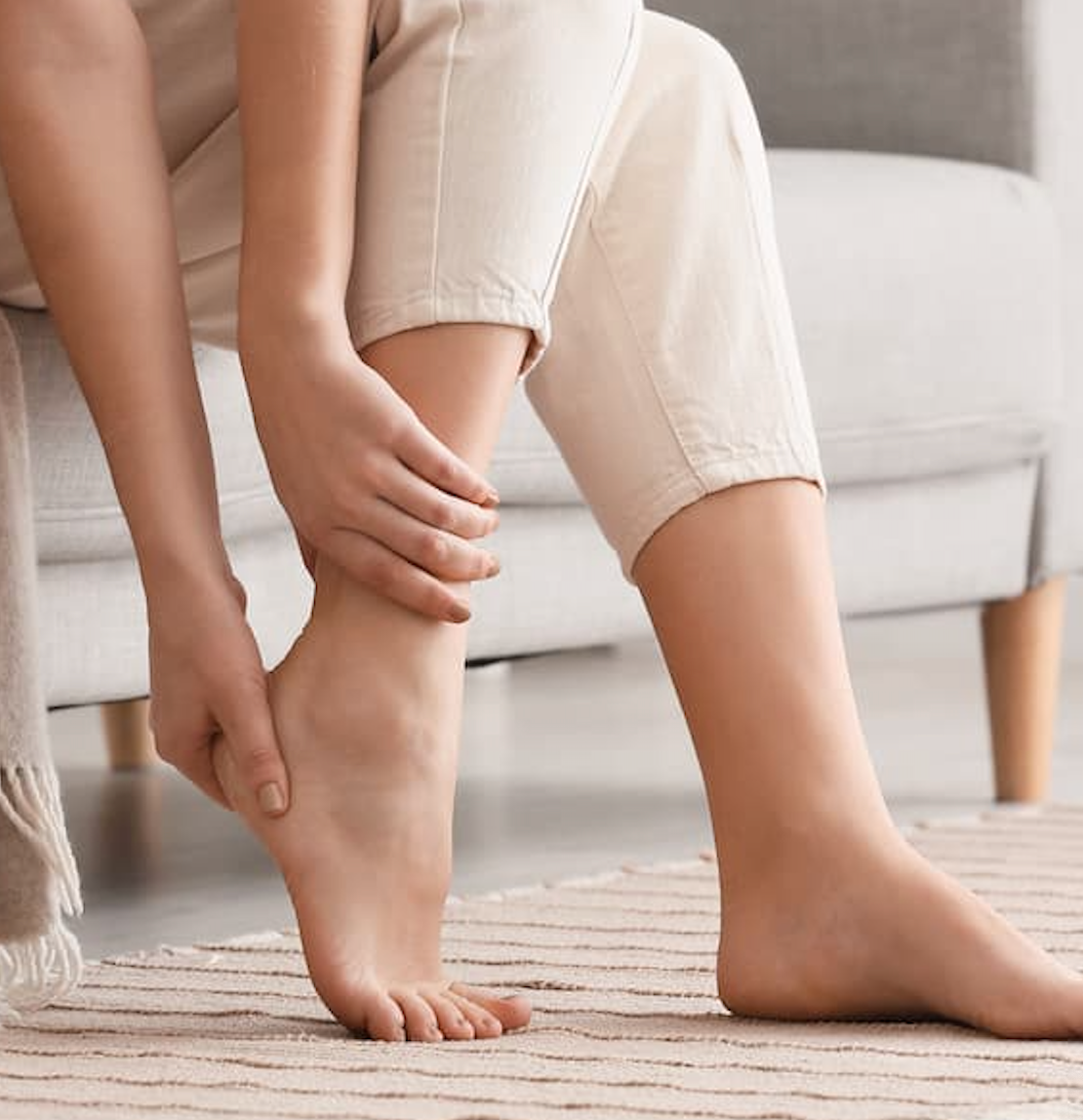A fibromyalgia diagnosis has been shown to affect foot function, which in turn led to significant pain, according to a study published in Foot and Ankle Surgery.1 Factors of foot impairment included age, lack of physical activity, body mass index (BMI), a concomitant rheumatoid arthritis diagnosis, and employment status.

Foot function is an important factor in assessing quality of life. Previous research has shown greater rigidity in the feet, leading to decreased mobility, can provoke a significant deterioration in the hallux valgus and apophysis of the calcaneus. Further, tarsal tunnel syndrome is frequently noted as one of the main critical pain areas for the diagnosis of fibromyalgia.2
“Fibromyalgia syndrome also has major economic repercussions,” wrote a group of Spanish investigators. “The socioeconomic impact of fibromyalgia arises not only from the increased consumption of health resources, but also from the greater need for social resources and specialized support to manage the disease.”
Investigators evaluated the factors influencing pain, disability, and limited activity in 323 patients with fibromyalgia in the observational study. Participants completed the Fibromyalgia Impact Questionnaire (FIQ) and the Foot Function Index Questionnaire (FFI), which provides a quantitative measure of foot health.
A multivariate analysis assessed factors linked to higher scores in each questionnaire. Information including sociodemographic variables, such as age, gender, employment, marital status, and educational level, clinical variables, such as a family history of fibromyalgia, treatment information, and the duration of symptoms and diagnosis, and anthropometric variables, including height, weight, and BMI, were collected.
Most (n = 306) patients were women with a mean age of 52.50 years and a mean BMI of 26.94. Of eligible patients, 26.9% were employed at 82.7% were receiving fibromyalgia treatment. A total of 41.8% of patients were currently using stress control techniques to minimize pain and functional limitation.
The highest mean scores obtained by the FIQ were sleep quality (7.92 ± 2.51), sensitivity to noise, light, and cold (7.68 ± 2.18), pain (7.60 ± 1.90), and soreness to touch (7.54 ± 2.19). Activities associated with the greatest limitation to daily living were climbing stairs (7.16 ± 2.80), lifting and carrying a shopping bag (7.08 ± 3.07), and sweeping, mopping, or vacuuming (6.57 ± 2.98).
Regarding the FFI, the highest mean scores for foot pain were pain at the end of the day (7.80 ± 2.32) and pain when walking with shoes (7.51 ± 2.31). Patients noted greatest difficulties encountered as standing on tiptoe (7.53 ± 2.70), walking quickly (7.35 ± 2.63), and climbing stairs (6.86 ± 2.59).
According to both questionnaires, the subscales presenting the highest scores were foot pain (FFI score: 71.18 ± 20.40) and symptom intensity (FIQR score: 36.23 ± 8.04). In the multivariate analysis, foot function was influenced by age (P <.001), a lack of physical activity (P <.001), BMI (P = .001), retirement due to disability (P <.001), being unemployed (P < .001), and concomitant rheumatoid arthritis diagnosis (P = .012).
Investigators noted the relatively small sample size as a limitation of the study. Additionally, findings do not reflect whether the patient was experiencing a fibromyalgia flare when the questionnaires were conducted, which could have created bias. Lastly, by not considering specific foot problems, results may not accurately reflect the impact of the comorbidity.
“It is crucial to address and document the specific foot conditions experienced by the patients to ensure a more accurate assessment of the relationship between rheumatoid arthritis, fibromyalgia, and associated foot problems,” investigators concluded. “A greater awareness of the importance of these factors could help physicians and patients establish preventive measures to improve foot health and alleviate the impact of fibromyalgia.”

